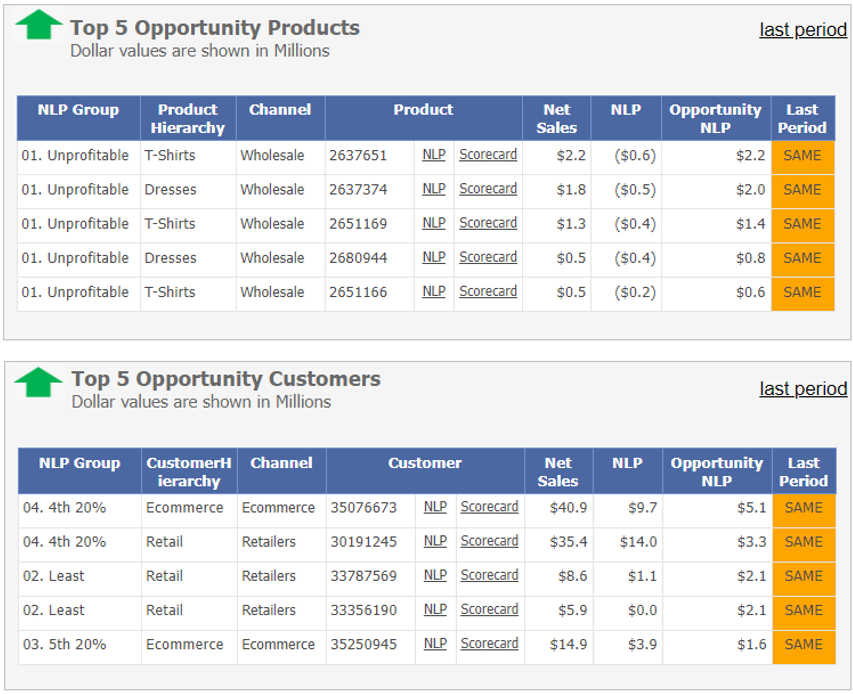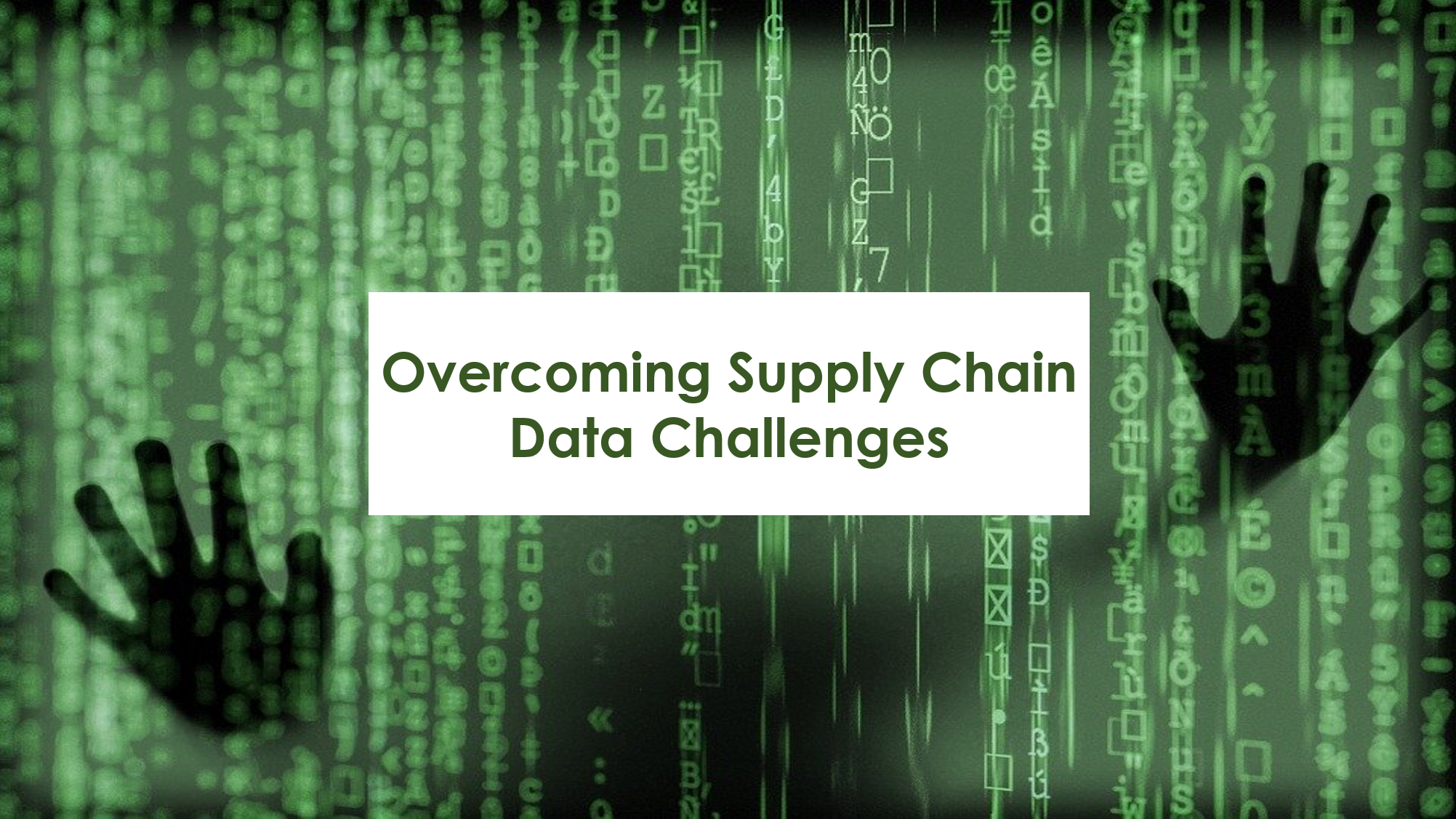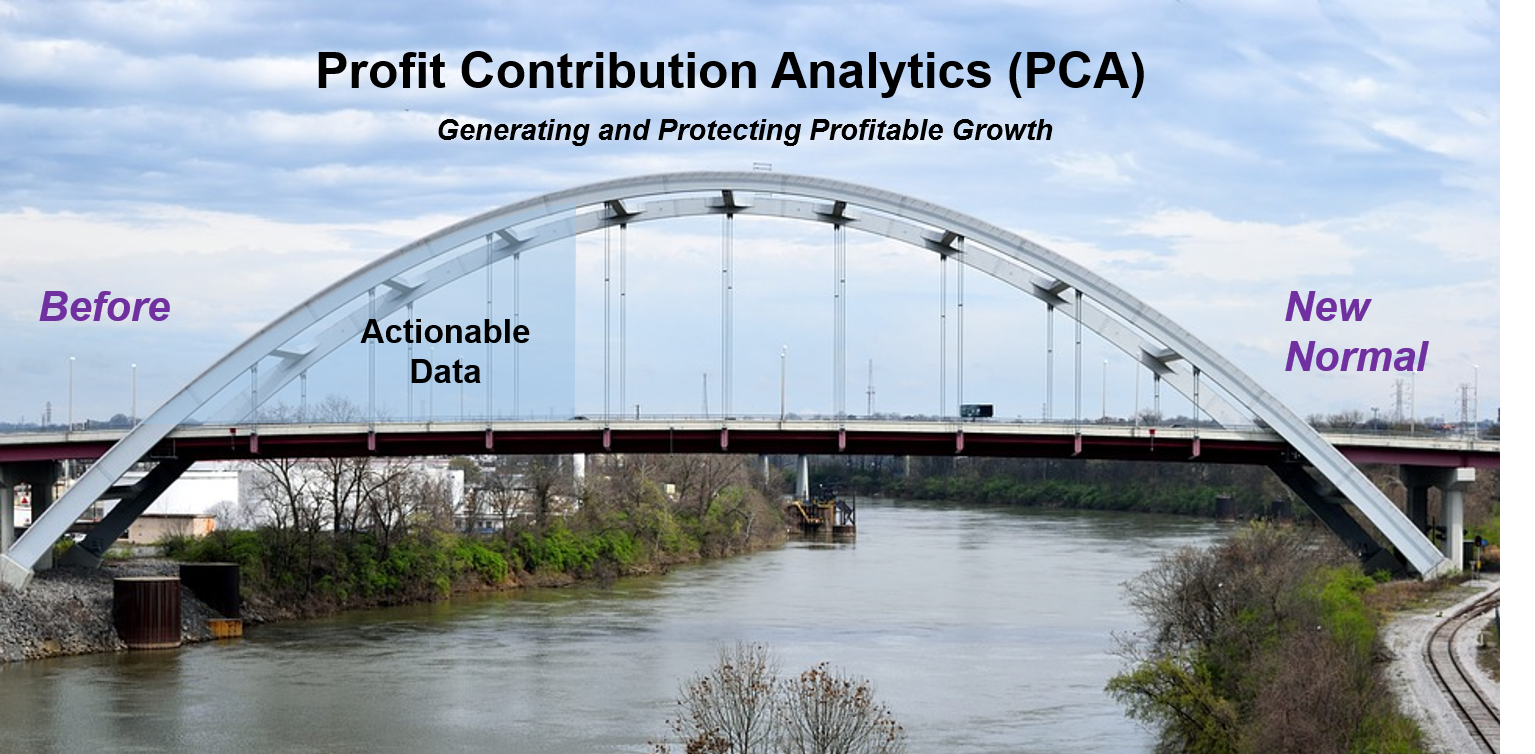Three Part Series on Smartly Avoiding the AI Hype Cycle
Part 2: Create a Foundation of Repeatable Data Integrity to Fuel Your AI Solution

This posting is part of a three part series on smartly avoiding the AI Hype Cycle. Part 1 of this series “Have a Clear, Intentional Focus on the Business Problem You Want to Solve” can be accessed here.
Creating a foundation of repeatable data integrity is absolutely essential to have a sustainable AI solution that provides ongoing value. However, companies continue to struggle with data issues. According to Gartner:
“Less than half of data and analytics (D&A) leaders (44%) reported that their team is effective in providing value to their organization.”
Companies have made investments to improve their data environment but still have not realized the attributes that they need. For data to be actionable it must be Accurate, Specific, Trusted and Repeatable. Instead, companies discover that their data remains Siloed, Fragmented, Missing or the right data is Difficult to Obtain. The required transformation is depicted in the following diagram:

Lisa Harrington, President of the Harrington Group, summarizes the issue with the following:
“Harnessing the true power of data driven insights is the holy grail of future business. A wealth of this data comes from the supply chain. But, while the information is there, companies are not yet capitalizing on its real value as a source of insight capable of shaping the future of the enterprise.”
Let’s further define the characteristics in the diagram above that are required to create a foundation of repeatable data integrity. The data must be:
- Accurate – use a 3-step process incorporating Machine Learning to ensure the accuracy of supply chain data;
- Data Recognition – repeatable data sources have been agreed upon
- Validation – detailed data values and data patterns have been analyzed
- Verification – functional transactional data has been approved by SME’s
- Specific - minimize data approximations or allocations whenever possible
- Trusted - take the time to verify the organization trusts the information that you are using for your AI solution
- Repeatable - require your data solution to provide for frequent refreshes that meet the other three requirements
One aspect of AI, Machine Learning (ML), positions companies to harness the full potential of their supply chain related data. In the attached video from a recent Georgia Tech conference, Brian Greene offered the following:































